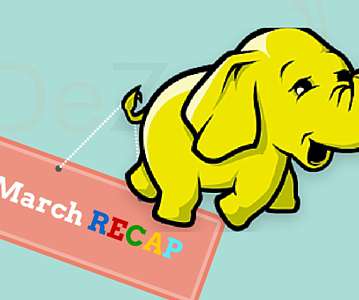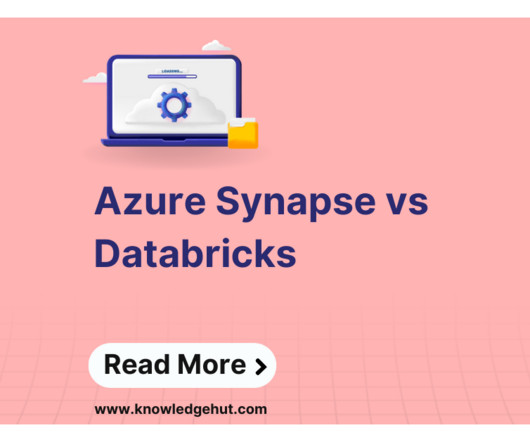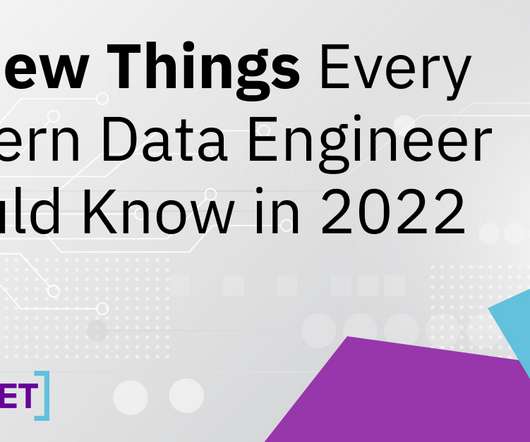How to Build a Data Pipeline in 6 Steps
Ascend.io
JANUARY 2, 2024
Ingestion Points at the Source The journey of a data pipeline begins at its sources – or more technically, at the ingestion points. These are the interfaces where the pipeline taps into various systems to acquire data. Questions to Ask: What storage solutions (data warehouses, data lakes, etc.)















Let's personalize your content